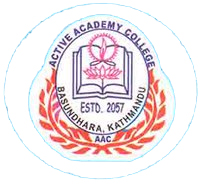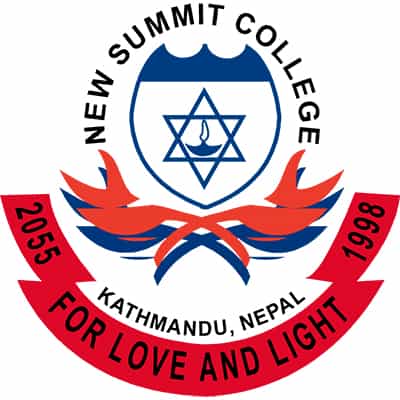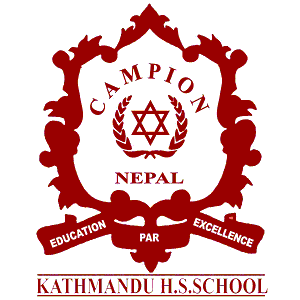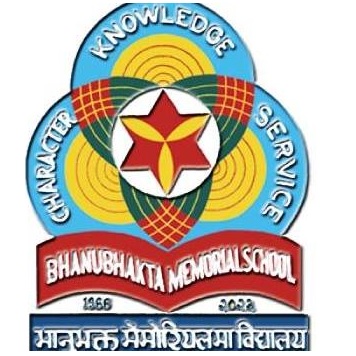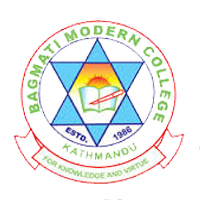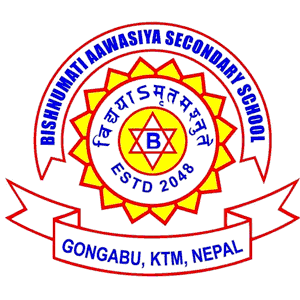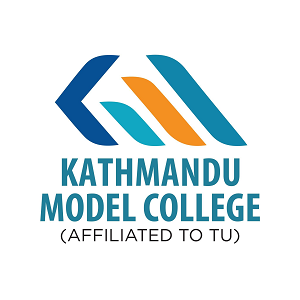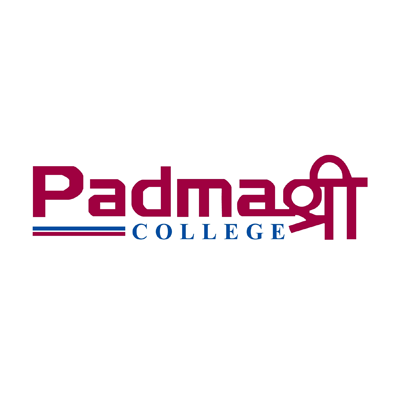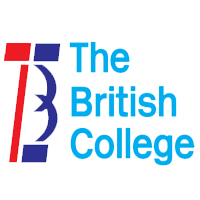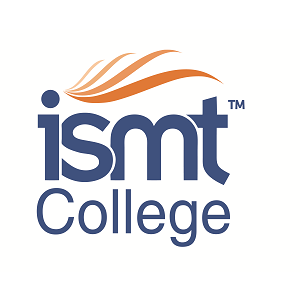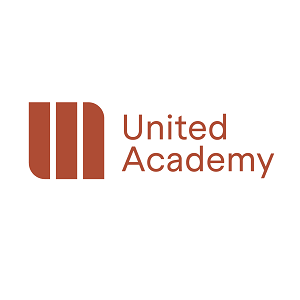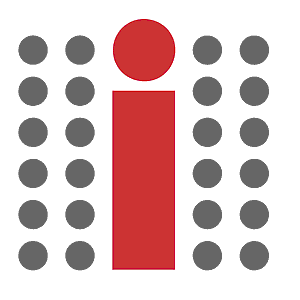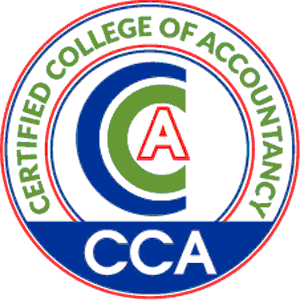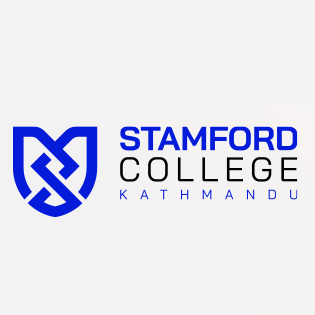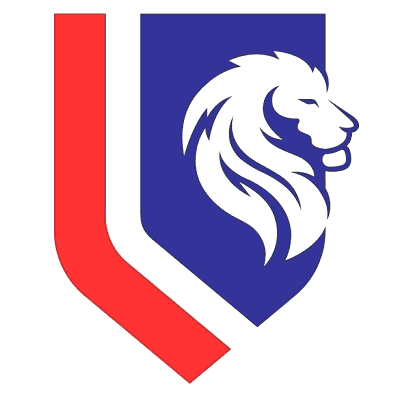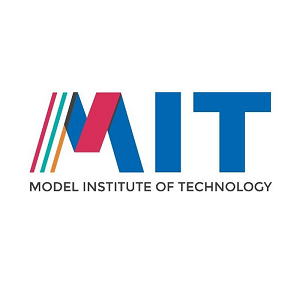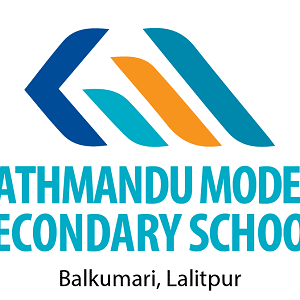Overview
Ten Plus Two (+2) Science at Capital College and Research Center (CCRC), Koteshwor, Kathmandu
Ten Plus Two (+2) Science at CCRC College Kathmandu is an NEB-affiliated program for Grade XI and Grade XII. The stream serves students aiming for MBBS, BE, Nursing, Pharmacy, Agriculture, IT, and other STEM fields.
You will find clear information here on admission, entrance exam, scholarships, fees, laboratories, hostel, library, computer lab, transportation, and daily routines.
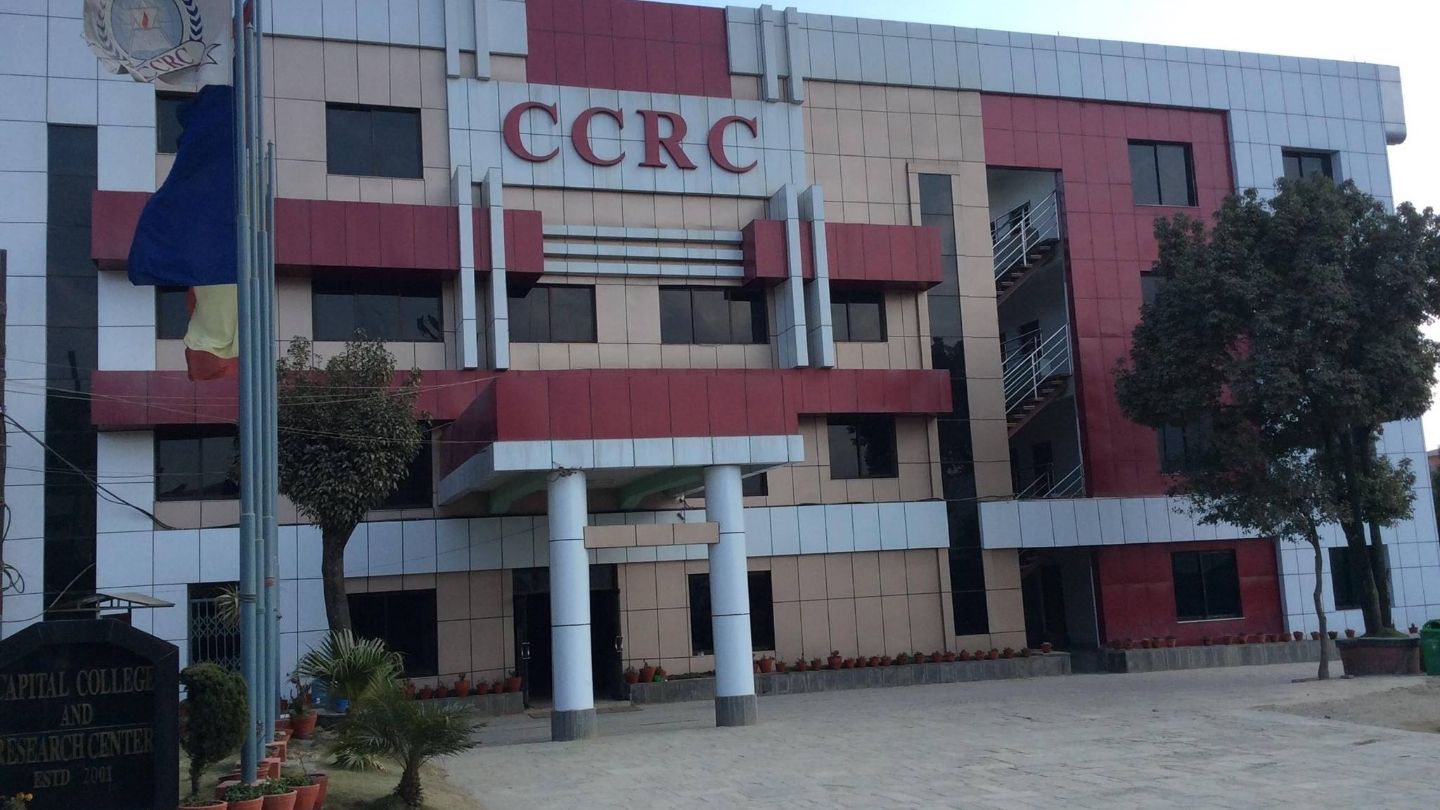
Overview
CCRC offers NEB (+2) Science in two pathways: Physical Group and Biological Group. The curriculum covers English, Nepali, Physics, Chemistry, Mathematics, and either Computer Science or Biology. Classes run in morning and day shifts.
Learning takes place through classroom teaching, practicals in well-equipped laboratories, guided study hours, and regular assessments.
Counseling covers academics, careers, and personal support. Hostel and transportation options help students who commute across the Kathmandu Valley or live away from home.
Highlights
-
Affiliation: National Examination Board (NEB), Nepal
-
Location: Koteshwor, Kathmandu (near Balkumari Bridge)
-
Shifts: Morning (6:25 AM) and Day (10:25 AM)
-
Pathways:
-
Physical Group: Physics, Chemistry, Mathematics, Computer Science
-
Biological Group: Physics, Chemistry, Mathematics, Biology
-
-
Facilities: Physics/Chemistry/Biology labs, computer lab, library, cafeteria, separate hostels, transportation within the Valley
-
Support: Academic, career, and personal/clinical counseling; abroad study guidance; structured internal tests and pre-board
-
Scholarships: Merit, entrance-score additions, entrance toppers, term-exam awards, need-based, and municipal quotas
-
Discipline: Mobile phones restricted in classrooms; lockers available on request
Curriculum Details
Subject Structure by Group
Physical Group
-
English (Compulsory)
-
Nepali (Compulsory)
-
Physics (Optional I)
-
Chemistry (Optional II)
-
Mathematics (Compulsory)
-
Computer Science (Optional III)
Biological Group
-
English (Compulsory)
-
Nepali (Compulsory)
-
Physics (Optional I)
-
Chemistry (Optional II)
-
Mathematics (Compulsory)
-
Biology (Optional III)
Grade-wise Pattern
Grade XI
-
Comp. Nepali
-
Comp. English
-
Comp. Mathematics
-
Physics (Opt. I)
-
Chemistry (Opt. II)
-
Biology/Computer Science (Opt. III)
Grade XII
-
Comp. Nepali
-
Comp. English
-
Comp. Mathematics
-
Physics (Opt. I)
-
Chemistry (Opt. II)
-
Biology/Computer Science (Opt. III)
Practical Work and Internal Assessment
-
Science Practicals: Regular lab sessions in Physics, Chemistry, and Biology under subject teacher supervision. Students handle apparatus, record observations, and submit lab reports.
-
Computer Sessions (Physical Group): Programming and application tasks in the computer lab during scheduled hours.
-
Internal Tests: Weekly/terminal tests, followed by a pre-board for Grade XII. Performance reports help students adjust study plans ahead of NEB exams.
Objectives
-
Build strong fundamentals in Physics, Chemistry, and Mathematics.
-
Prepare students for health sciences, engineering, IT, and related bachelor programs.
-
Strengthen practical skills through laboratory work and structured assignments.
-
Promote scientific reasoning, ethical conduct during experiments, and safe lab habits.
-
Encourage responsible study routines and time planning across the two years.
Scope
Students from (+2) Science at CCRC move into:
-
Health Sciences: MBBS, BDS, BSc Nursing, Pharmacy, Public Health, Medical Laboratory Technology
-
Engineering/Technology: Civil, Computer, Electrical, Electronics, Mechanical, Architecture, Software, Data and Information Systems
-
Science Degrees: BSc (Physics/Chemistry/Mathematics/Biology/Biotechnology/Microbiology), Agriculture, Forestry
-
Applied Paths: Aviation, Survey, Food Technology, Environmental Science, Data/Statistics
The stream also supports students who later transition to interdisciplinary programs that value strong quantitative skills.
Learning Outcomes
By the end of Grade XII, students should be able to:
-
Solve multi-step problems in mechanics, electricity, and optics using appropriate formulas and units.
-
Balance chemical equations, analyze reaction trends, and apply basic stoichiometry.
-
Use algebra and calculus ideas to model rates of change, growth/decay, and motion.
-
Conduct practicals safely, collect data, and write concise lab reports.
-
Read scientific texts, interpret graphs/tables, and explain findings in clear language.
-
Plan study schedules, sit for entrance tests with confidence, and handle exam pressure through consistent routines.
Skill Development Modules
-
Numeracy and Problem-Solving: Topic-wise practice sets; timed worksheets; past-paper drills.
-
Scientific Writing: Lab report structure (aim, method, results, discussion); correct use of SI units; error analysis basics.
-
ICT Literacy: Programming fundamentals and productivity tools for assignments and data handling.
-
Metacognition: Goal setting, progress tracking, and review cycles after each internal test.
-
Communication: Short presentations, peer explanation during practicals, and science discussions in class.
-
Well-being: Study-life balance, sleep hygiene during exam weeks, and access to counseling when needed.
Teaching Methodology
-
Classroom Sessions: Concept teaching, worked examples, guided practice, and short quizzes.
-
Laboratory Hours: Supervised practicals where students handle instruments, follow safety rules, and discuss observations.
-
Assessment Cycle: Weekly/terminal tests and a pre-board exam; targeted feedback from subject teachers.
-
Entrance Guidance: Medical/engineering entrance support as scheduled by the college; students are notified through notices.
-
Counseling: Academic and career counseling during subject selection and application planning for bachelor programs; personal/clinical counseling available during working days.
-
Library and Study Support: Access to textbooks, reference works, journals, newspapers, and selected e-resources for wider reading.
Admission Requirements
Eligibility (Session-Specific; confirm current circular)
-
Science Stream:
-
GPA: Prior notices referenced a minimum of 3.0 with C+ in all subjects. Other institutional guidance has referenced minimum 2.8 GPA for Science.
-
Subject Prerequisite: Optional Mathematics at SEE is required.
-
-
Documentation: SEE grade sheet (internet print accepted for interview), recent photographs, and any additional documents mentioned in the call.
Application, Entrance, and Interview
-
Application Modes:
-
Physical: Collect and submit the form at the college front desk; bring two recent photographs.
-
Online: Submit the form online; visit the college at least one day before the entrance exam to collect the admit card and symbol number (two photographs required).
-
-
Entrance Exam: The test covers core subjects relevant to the stream. Past notices have mentioned a minimum pass mark of 40. Results are generally released the next day via website, SMS, and email.
-
Interview: Shortlisted students attend an interview with a parent or guardian. Successful candidates receive an Admission Acceptance Letter stating any scholarship and the admission deadline.
-
Shift Selection: Morning or day shift selection occurs at admit card issuance.
Start of Classes and Conduct
-
Reporting Times: Morning 6:25 AM; Day 10:25 AM.
-
Dress Code: Red T-shirt until official uniform distribution.
-
Mobile Policy: Phones are restricted inside classrooms; lockers available through the administration.
Career Opportunities
Graduates take entry routes into Nepal’s professional programs and universities abroad. Common choices include:
-
Health Sciences: MBBS, BDS, BSc Nursing, Pharmacy, Physiotherapy, Public Health
-
Engineering/IT: Civil, Computer, Electrical, Electronics, Mechanical, Architecture, Software Engineering, Information Systems
-
Science Degrees: BSc programs across core and applied areas; Agriculture and Forestry
-
Other Options: Aviation studies, Survey engineering, Food Technology, Environmental Science, Statistics
Academic counselors can guide you through entrance calendars, application windows, and documentation for each pathway.
Scholarships and Financial Aid
Fee Structure — Science (Indicative)
-
Registration (Grade XI): Rs. 10,000
-
Annual Fee (each grade): Rs. 81,000
-
Laboratory: 34,000
-
Library: 7,000
-
Weekly/Terminal Exams: 20,000
-
Sports & ECA: 9,000
-
Sanitation & Maintenance: 11,000
-
-
Monthly (Tuition) Fee: Rs. 9,500 × 12 = 1,14,000 per academic year
-
Total Payable:
-
Grade XI: Rs. 2,05,000 (Registration + Annual + Monthly)
-
Grade XII: Rs. 1,95,000 (Annual + Monthly)
-
Separate Costs: NEB fees, transportation, and hostel fees.
Payment Schedule
-
At the time of admission: 40% of total
-
Before First Term (end of Bhadra): 20%
-
Before Second Term (mid-Poush): 20%
-
Before Pre-Board (end of Falgun): 20%
Scholarship Framework — Grade XI Science
A. Merit (SEE GPA-Based)
-
GPA 4.00: 100% Annual Fee + 75% Tuition Fee; quota 20
-
GPA 3.95 & above: 100% Annual Fee + 25% Tuition Fee; quota 20
-
GPA 3.90: 100% Annual Fee
-
GPA 3.80–3.85: 60% Annual Fee; quota 25
-
GPA 3.70–3.80: 40% Annual Fee; quota 25
-
GPA 3.60–3.70: 30% Annual Fee; quota 25
-
GPA 3.40–3.60: 20% Annual Fee; quota 30
-
GPA 3.20–3.40: 10% Annual Fee; quota 30
B. Entrance Score Additions
-
90%+: +50% Annual Fee
-
80%+: +30% Annual Fee
-
70%+: +20% Annual Fee
-
60%+: +15% Annual Fee
-
50%+: +10% Annual Fee
C. Entrance Toppers
-
1st, 2nd, 3rd: 100% Annual Fee + 100% Tuition Fee (registration Rs. 10,000 applies)
-
Top 10 (4th–10th): 100% Annual Fee + 50% Tuition Fee; quota 7
D. Term-Exam Performance Awards (for 4 months)
-
1st: 100% tuition
-
2nd: 75% tuition
-
3rd: 50% tuition
-
Top 10: 25% tuition
-
Top 20: 20% tuition
-
Top 50: 15% tuition
-
Top 100: 10% tuition
E. Need-Based Categories
-
Principal Scholarship
-
National/Regional Level Players Scholarship
-
Star Performer in Art and Music Scholarship
-
CCRC Alumni Scholarship
-
Poor and Remote Areas Scholarship
-
Government School Scholarship
F. Municipal Provision
-
Scholarships for eligible government-school students as per Kathmandu Metropolitan City rules.
Continuation Rule: Scholarships from Grade XI continue in Grade XII when students pass every terminal examination. If you qualify under multiple categories, the higher benefit applies. Annual fee support does not exceed 100%.
Why Choose This Course?
-
Clear Pathways: Two structured groups (Physical and Biological) linked to common bachelor routes in Nepal and abroad.
-
Laboratory Access: Regular practicals in Physics, Chemistry, and Biology; supervised sessions and safety training.
-
Computer Lab: Adequate terminals and scheduled hours for the Physical Group and general assignments.
-
Academic Cycle: Weekly/terminal tests and a pre-board that mirror board-exam conditions.
-
Counseling: Academic, career, and personal support; guidance on entrance calendars and program choices.
-
Hostel and Transport: Separate hostels near campus and bus routes across the Valley.
-
Scholarships: Merit-based, entrance-based, performance awards, need-based options, and municipal quotas.
Conclusion
Ten Plus Two (+2) Science at CCRC offers a clear structure, consistent assessment, and the facilities you need to study science at NEB level.
You will work in laboratories, handle coursework under teacher guidance, and prepare for entrance tests through a steady routine.
Your next decisions—engineering, health sciences, or other STEM fields—remain open after Grade XII. Check the current admission circular, entrance schedule, scholarship quotas, and fee notices during the application window, and plan your documents early so you can move through the process without last-minute stress.


